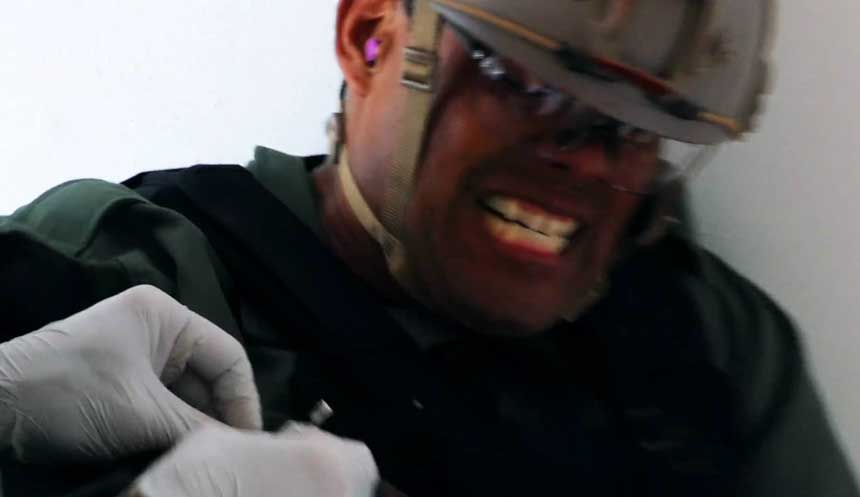🕖 Reading Time, 3 minutes In our race to use tourniquets for controlling hemorrhage, we often lose sight of the value of good direct pressure as a hemorrhage control technique. Proven commercially available tourniquets are almost always going to be …
MARCH: Massive Hemorrhage, Airway, Respiration, Circulation, Hypothermia Prevention
The easy to remember mnemonic MARCH reminds us of the priorities in treating casualties during TECC and TCCC situations. MARCH provides a framework to address immediate life threats and gives an organized approach to begin a casualty evaluation. The MARCH mnemonic is preferable to the ABCDE model because it takes into consideration the reason you need an airway and to be breathing is to circulate blood to the casualty’s brain. Recognizing that, the first step in our casualty evaluation should be to look for massive hemorrhage.
Once past massive hemorrhage, A-R-C is loosely approximated by A-B-C. H- is a reminder that a large number of traumatic casualties arrive at the emergency department or medical treatment facility hypothermic which dramatically increases their death rate.
The MARCH mnemonic can be applied to any patient, as the initial casualty evaluation usually rules out massive hemorrhage.
🕖 Reading Time, 1 minutes An OPS Core Helmet or Cairns Fire Helmet used to stop junctional hemorrhage with two CAT tourniquets. Proof of concept of a junctional hemorrhage tourniquet idea first suggested by Full Spectrum Training, now proven with …
It is not a tourniquet if if does not have a windlass. 🕖 Reading Time, 7 minutes Recent news articles describe many cases of the public placing “tourniquets” without windlasses on injured individuals to stop bleeding. However, if you look …
The safety pin is a versatile and useful piece of equipment that has been around for over 150 years. Each military cravat comes with two and this video demonstrates ways…
🕖 Reading Time, 9 minutes A friend I have known since junior high and I were recently discussing tourniquets and hemorrhage control. While not an unusual discussion topic among my friends, Robert Meyer Burnett does not work in EMS or …




